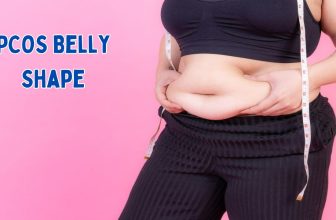How To Relieve Hip Pain During Pregnancy?
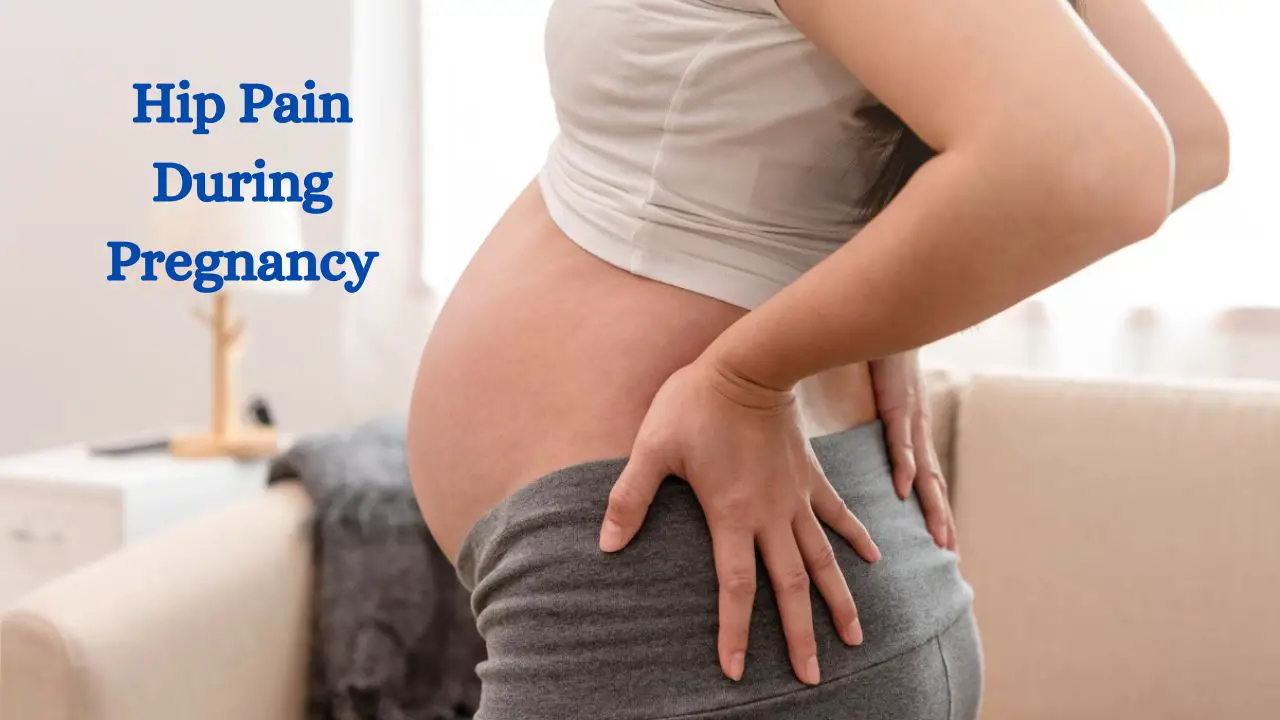
When a woman is pregnant, her body changes a lot. Sometimes, these can cause things like hip pain. But there’s help!
So, how to relieve hip pain during pregnancy?
Relieve hip pain in pregnancy with yoga (Cow Pose, Child’s Pose), exercises (Pigeon Pose, Figure 4), OTC pain relievers (approved by a healthcare provider), warm compresses, heating pad, and partner massages. Consult OB/GYN for chiropractic care or a certified pregnancy-focused physical therapist for targeted relief.
In this article, we’ll share some valuable tips and exercises. They can ease hip pain during pregnancy for a happier, more comfortable path to becoming a mom.
Hip Pain During Pregnancy
It’s not unusual to feel hip pain when experiencing a baby. Around one-third of pregnant women share this experience, especially during the last two trimesters. This ache can be traced back to a few causes.
Your body changes to make room for your growing baby, and you produce a hormone called relaxin. Relaxin makes your ligaments loose and flexible. Understanding and effectively addressing this hip pain is crucial for ensuring a more comfortable pregnancy journey.
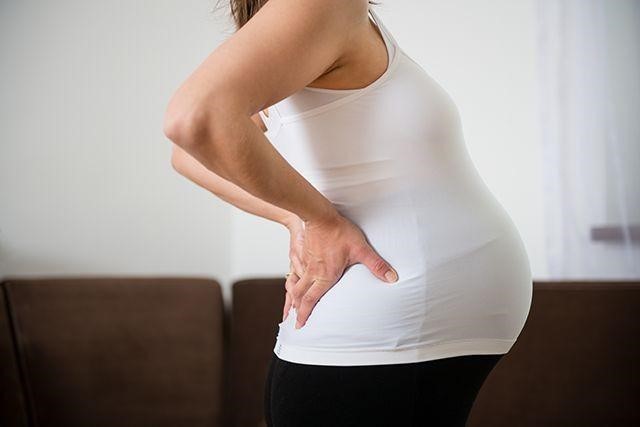
Understanding the Nature of Hip Pain
Hip pain during pregnancy can manifest in various ways, ranging from a dull ache to sharp sensations, predominantly felt on the side, back, or in the general pelvic girdle area.
The pain can emerge gradually or suddenly, impacting daily activities and sleep quality.
Home Remedies To Relieve Hip Pain During Pregnancy
Here are some home remedies to relieve hip pain during pregnancy:
Yoga For Flexibility
Incorporate yoga into your routine, focusing on poses that enhance hip flexibility. Positions like the Cow Pose, where you arch your spine in a hands-and-knees position, and the Child’s Pose, which involves extending arms forward and hips backward, can provide relief.
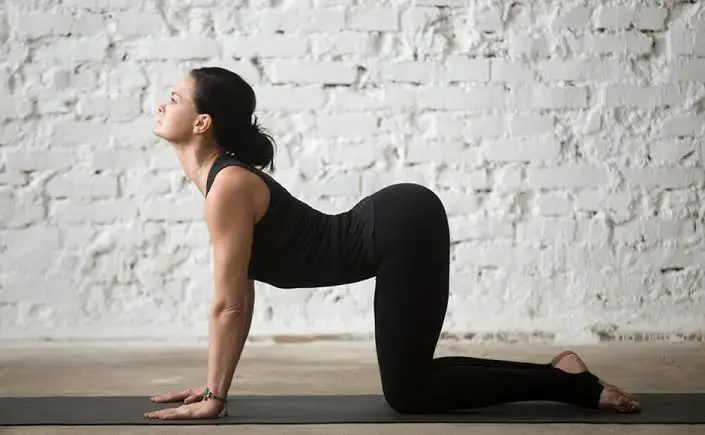
Source: Yogapedia
Cow Pose
Cow Pose is a foundational yoga pose that promotes flexibility and relieves tension. Here’s a step-by-step guide:
Step 1: Begin with your hands directly under your shoulders and knees under your hips.
Step 2: Ensure your wrists are coordinated with your shoulders and your knees with your hips.
Step 3: Inhale as you drop your belly towards the mat, arching your back gently.
Step 4: Lift your head and tailbone towards the ceiling without straining your neck.
Step 5: Breathe deeply in this position, feeling a light and gentle stretch in your hips and lower back.
Step 6: Return to a neutral position and repeat the sequence to promote flexibility and relieve tension.
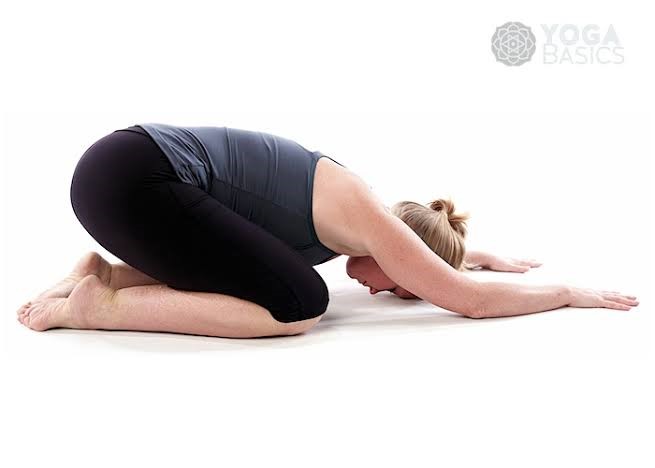
Child’s Pose
Transition smoothly from Cow Pose to Child’s Pose with these steps:
Step 1: From the neutral position in Cow Pose, tuck your toes under.
Step 2: Sit back on your heels, extending your arms forward on the mat.
Step 3: Keep your knees wider than a distance apart for comfort.
Step 4: Allow your forehead to rest on the mat or a yoga block/pillow for support.
Step 5: Take slow, deep breaths, feeling a stretch in your hips, thighs, and lower back.
Step 6: Optionally, introduce a gentle rocking motion forward and backward for relaxation.
Additional Exercises
Include exercises designed for pregnant women to alleviate hip pain.
The Pigeon Pose is the one where one leg is stretched forward to feel a stretch on the bottom of the front leg, and Figure 4 (Seated) promotes a gentle hip stretch, which is beneficial.
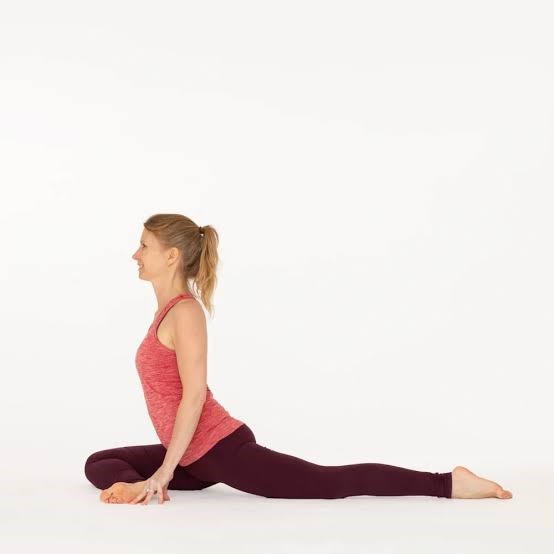
Pigeon Pose
Incorporate the following steps to execute the Pigeon Pose effectively:
Step 1: Begin on all fours, similar to the starting position for Cow Pose.
Step 2: Slide one knee forward towards the opposite wrist, angling your shin under your torso.
Step 3: Extend the other leg straight back, keeping the top of your foot on the mat.
Step 4: Ensure your hips are square to the front of the mat, avoiding twisting.
Step 5: Hinge forward at the hips, feeling a deep stretch in the hip of the front leg.
Step 6: Hold the pose for 30 to 60 seconds, breathing deeply to release tension.
Step 7: Switch sides and repeat the sequence to balance the stretch.

Figure 4 (Seated)
Follow these steps for the Figure 4 (Seated) to enhance hip flexibility:
Step 1: Sit on a stable surface like a chair or yoga block.
Step 2: Bring one ankle up to rest on the opposite thigh, forming a “4” shape with your legs.
Step 3: Sit up tall, ensuring your spine is erect and not curved.
Step 4: Lean forward at the hip joint, feeling a stretch in the outer hip of the crossed leg.
Step 5: Maintain the stretch for 20 to 30 seconds, breathing deeply to enhance relaxation.
Step 6: Switch to the other leg and repeat the sequence to address both sides evenly.
Over-the-Counter Pain Relievers
Consider over-the-counter pain relievers, such as acetaminophen (Tylenol), after consulting with your healthcare provider. It is important to adhere to recommended dosages and seek professional advice.
Temperature Therapy
Apply warm compresses or use a heating pad for 10-15 minutes, promoting increased blood flow and reducing joint stiffness. Warm baths with Epsom salts can further relax tight muscles.
Partner Massage
Engage in side-lying hip and leg massages administered by your partner. Focusing on the triangular sacrum and hip bone with gentle circular or rocking motions can provide targeted relief.
Chiropractic Care
Consult with your OB/GYN about chiropractic care for medication-free relief. Acetaminophen is considered safe; however, guidance from your healthcare provider is crucial. Aspirin and NSAIDs should be approached cautiously and only under professional advice.
Warm Baths and Compresses
Utilize warm baths and compresses to enhance blood flow, providing relief from muscle spasms caused by the release of relaxin and increased joint stress due to added weight.
Physical Therapy
Seek guidance from a certified physical therapist specializing in pregnancy wellness. They can provide expert advice on exercises targeting the pelvic, core, and stabilization muscles to alleviate hip pain.
Pregnancy Chiropractic Care
Acknowledge the shift in the center of gravity during pregnancy. Chiropractic adjustments and massage can alleviate musculoskeletal discomfort, improve circulation, and enhance soft tissue elasticity.
When To Consult Your Doctor For Hip Pain During Pregnancy?
If you’re experiencing hip pain accompanied by pelvic pressure or soreness radiating towards the thighs before the 37th week of pregnancy, consult your healthcare provider. These symptoms could be indicative of preterm labor.
Look out for additional signs such as:
- Abdominal cramping, especially in the lower abdomen.
- Persistent lower backache extending to the front and sides.
- Contractions occur around every ten minutes.
- Vaginal discharge that is clear, pink, or brown in color.
Also, seek medical attention if hip pain significantly disrupts your daily activities or if you’re avoiding tasks like walking due to the pain.
How To Prevent Hip Pain During Pregnancy?
Preventing hip pain during pregnancy involves a combination of lifestyle adjustments, exercises, and supportive measures. Here’s a more detailed guide:
Stay Active
Participate in low-impact exercises such as walking, swimming, and cycling. These activities promote flexibility and strengthen the muscles around the hips without putting excessive strain on the joints.
Consider prenatal yoga or Pilates classes specifically designed for pregnant women. These exercises can improve posture, flexibility, and overall strength.
Manage Weight Gain
Aim for a healthy weight obtained during pregnancy, following guidelines provided by healthcare professionals. Excessive weight gain can contribute to added stress on the hips.
Consult with your healthcare provider about the proper extent of weight gain based on your pre-pregnancy body mass index (BMI).
Footwear Matters
Wear flat, supportive shoes with good arch support. This assists in distributing your body weight evenly and reduces strain on your hips, especially during daily activities and exercise.
Posture Awareness
Practice good posture while sitting, standing, and lifting. Avoid slouching or hunching over, as this can contribute to hip and lower back pain.
When sitting, use a chair with proper back support and consider placing a small pillow behind your lower back for added support.
Avoid Certain Activities
Steer clear of activities that may exacerbate pelvic pain, such as crossing your legs, standing for prolonged periods, or lifting heavy objects.
Be mindful of your body’s signals and adjust activities accordingly.
Pregnancy Support Belt
Invest in a pregnancy support belt. These belts provide additional support to your hip joints by lifting the abdomen slightly, reducing pressure on the pelvic area, and promoting better posture. Wear it during daily activities and exercise.
Prenatal Massage
Schedule regular prenatal massages with a licensed therapist. Massages can help relax muscles, alleviate tension, and improve overall comfort. Make sure the therapist is experienced in prenatal massage techniques.
Sleeping Position
Use a pregnancy pillow to support your hips and back while sleeping. This helps maintain a comfortable sleeping position, reducing strain on the hips and promoting better spinal alignment.
Specialized Exercises
Include exercises that specifically target hip strength and flexibility. Consult with a prenatal fitness expert or physical therapist for customized exercises tailored to your individual needs.
Hydration and Nutrition
Stay well-hydrated and maintain a balanced diet. Proper hydration and nutrition support overall joint health and can contribute to minimizing discomfort.
Frequently Asked Questions (FAQs)
Can Side Sleeping Cause Hip Pain During Pregnancy?
Yes, side sleeping during pregnancy is generally recommended, but it can sometimes contribute to hip pain due to increased pressure on the joint. Using a pillow between your knees can aid in improving leg alignment and alleviate some discomfort.
Is Hip Pain Normal In The Third Trimester?
Yes, hip pain during the third trimester of pregnancy is common due to increased weight and bodily changes. Gentle exercises and posture adjustments may help alleviate the discomfort.
What Helps Hip Pain While Sleeping?
Sleeping on your back with a pillow between your knees using a supportive mattress or mattress topper can help alleviate hip pain during sleep.
Conclusion
In conclusion, relieving hip pain during pregnancy involves a multifaceted approach that considers both home remedies and professional interventions. By including these approaches in your daily routine, you can actively manage and alleviate hip pain, fostering a more enjoyable and comfortable pregnancy experience.
Always prioritize communication with your healthcare provider to ensure personalized care and safety throughout this transformative period.


